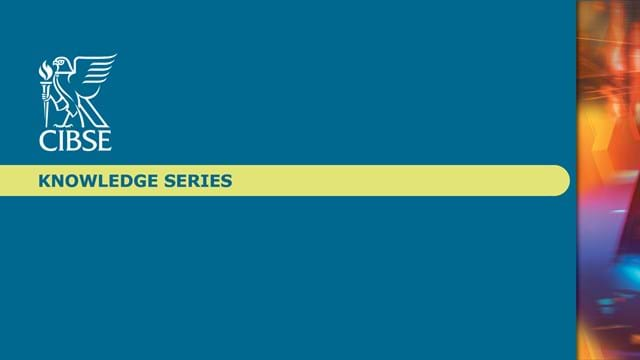
This guidance forms the first in a new "Knowledge Series" of publications intended to give readers practical advice. Reclaimed Water provides an overview of rainwater and grey water reclamation systems, covering legal requirements, systems types, design considerations and system operation requirements.
The term 'grey water' is sometimes applied to water from a variety of sources including all forms of household waste water, industrial processes and water drawn from rivers or lakes. However, in the context of this publication, grey water is defined as water that was previously supplied by a water undertaker as 'wholesome water, but which has already been used in washbasins, baths or showers. Wholesome water is defined as water supplied by a Water Supplier and complying with the requirements of Regulations made under Section 67 of the Water Industry Act 1991.
This publication does not cover treatments for contaminated water from toilets, dish washing, clothes washing or any other source. These sources are considered unsuitable for reclamation because they are likely to be contaminated with sewage, grease, food wastes or detergents. Furthermore, this publication does not deal with reclamation systems intended to produce water fit for drinking or for the irrigation of edible crops. The main end uses intended are toilet flushing, garden watering, car washing and laundry. These uses typically account for 40–60% of total consumption in UK buildings.
Contents:
- Introduction
- Reclaimed Water Systems
- Overview of Design Approach
- Storage, Treatment and Distribution of Reclaimed water
- Systems Operation
- References
Principal author: Chris Parsloe